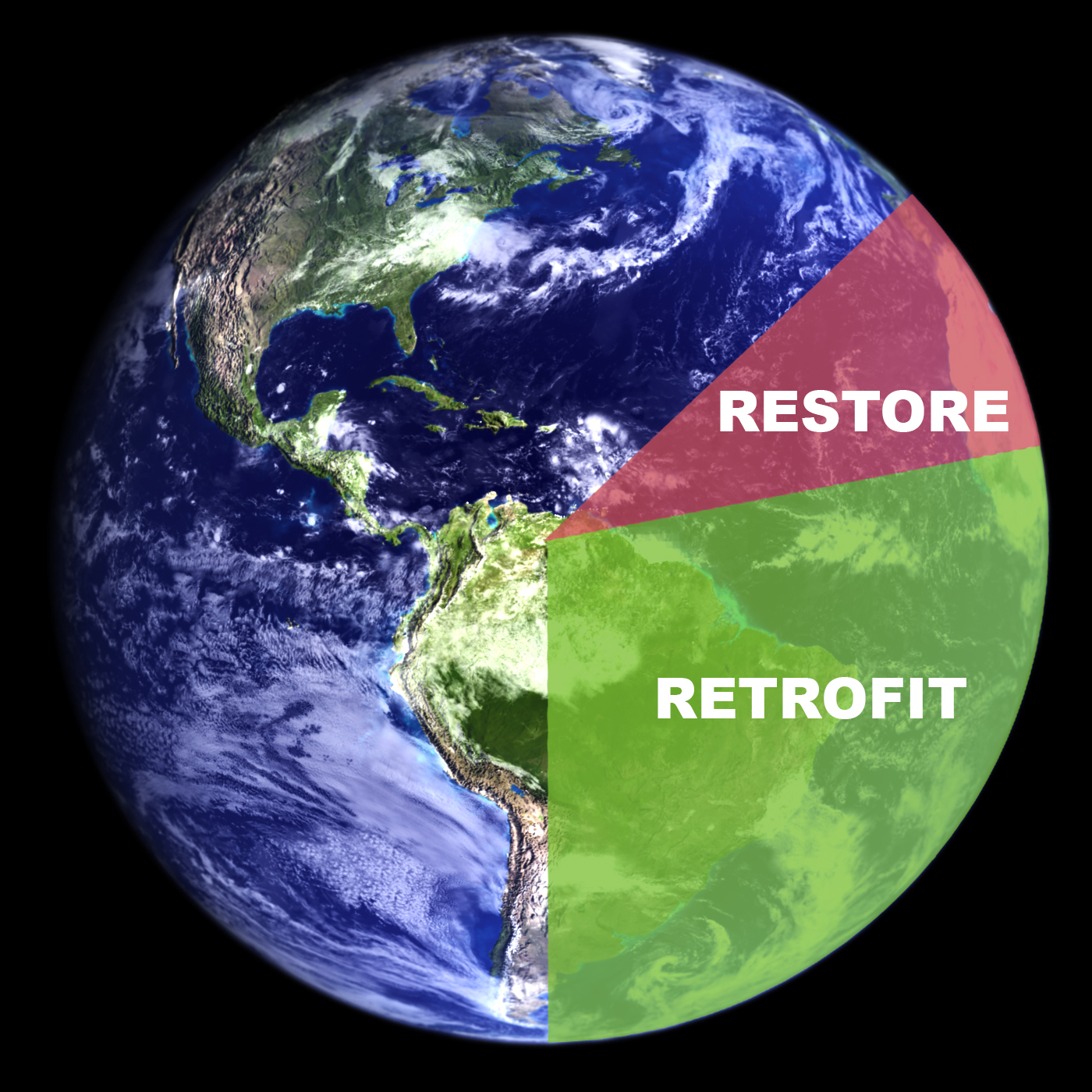Federal and state tax credits, deductions, and property easements are designed to encourage property owners to embark on the challenging task of renovating a historic property, allowing it to function well in the modern world while keeping the character and design of the historic original. While there are differences between regions and states, basic rules apply for any historic renovation project that is hoping to qualify for tax credits or easements.
The property, whether an investment or owner-occupied, needs to be registered or listed as historic, or be located within a historic district. These are national designations as well as state, but state historic preservation offices manage the listings. Your state historic preservation office web site is the first stop for research.
Most of the tax credits and deductions are for renovation expenses, and there are usually upper and lower limits for renovation expenses. In many areas, materials and design need to conform to historic or neighborhood standards. For investment properties, there is also the need for planned access and adaptive use so the building can be accessed by multi-abled people.
A general rule of thumb is that investment properties can qualify for federal tax credits on renovation costs, while owner-occupied buildings can qualify for state credits and deductions. There is significant overlap, though. Both state and regional historic preservation offices may have a resource person who is responsible for changes in the laws and regulations, as well as grants and other funding opportunities.
Easements mean that the property owner signs away some property rights, in order to keep the property in a certain state. Many environmental easements are bringing agricultural or developed land back into wildlife corridors, for example. Property easements in historic districts or with historic properties means that the homeowner agrees in perpetuity to keep the nature and style of a property meeting historical standards. In some communities, these types of property easements can increase tax deductions and decrease both estate and property taxes.
Architects who work in historic preservation and adaptive reuse are going to be most familiar with the wide range of tax incentives, property easements, or other credit programs from the federal and state governments, and grant programs from community organizations.
Can we help you with an adaptive reuse or historic preservation project? Please contact us for more information.




